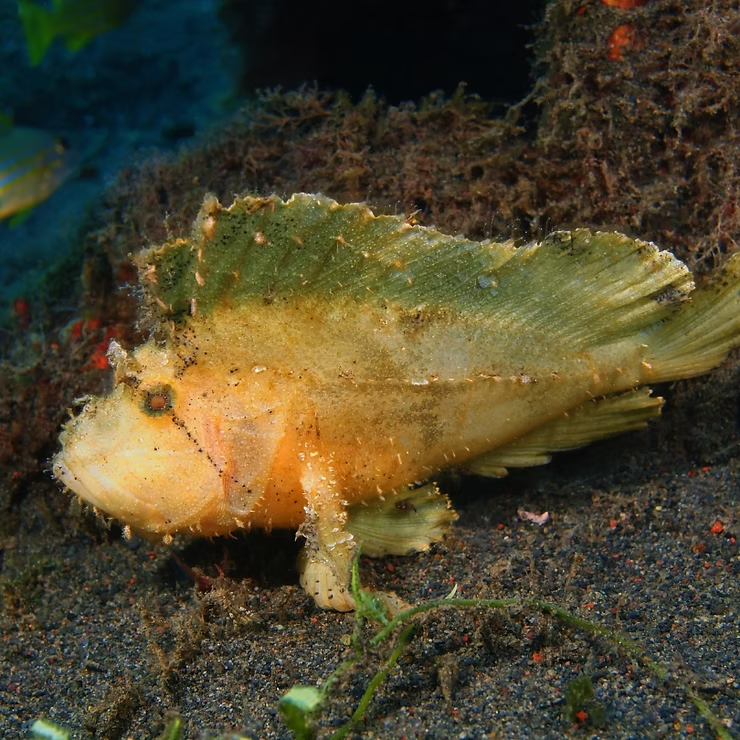Introduction
The Deep Sea Anglerfish is a mysterious deep-ocean predator known for its bioluminescent lure, unique appearance, and remarkable adaptations. It has captivated scientists and nature enthusiasts with its ability to thrive in extreme ocean depths.
Appearance and Size
Deep Sea Anglerfish have a large head, sharp teeth, and an expandable stomach. They grow up to 3 feet long, with dark coloration to blend into their environment.
- Bioluminescent lure (esca) on a filament above the head
- Large mouth allows consumption of prey bigger than itself
- Expandable stomach stores food when scarce
Habitat
Anglerfish inhabit depths of 1,000–4,000 meters in the Atlantic and Antarctic oceans, where sunlight cannot penetrate.
- Prefer rocky or muddy bottoms
- Often near underwater mountains or ridges
- Can withstand extreme pressure and near-freezing temperatures
Diet
These predators primarily feed on small fish and crustaceans attracted by their glowing lure. They may also consume jellyfish, squid, and other deep-sea organisms.
- Can survive long periods without food due to low prey availability
- Females have larger mouths and stomachs for bigger prey
- Diet varies with size and location
Bioluminescence
Anglerfish produce light through a specialized organ called the esca, containing bioluminescent bacteria. The glowing lure attracts prey and can also communicate with other anglerfish for mating or territorial purposes.
Reproduction
Females are much larger than males. Males latch onto females, fusing permanently and becoming dependent for nutrients. This ensures females have a constant sperm supply, crucial in the sparse deep-sea environment.
Adaptations
- Bioluminescent lure to attract prey
- Expandable jaws and stomachs to consume large prey
- Dark coloration for camouflage in deep ocean
- Unique parasitic reproduction strategy
Predators
Deep Sea Anglerfish have few natural predators due to their deep-sea habitat, dark camouflage, sharp teeth, and bioluminescent deterrents. Occasionally, larger fish or sharks may prey on them.
Fascinating Facts
- Females can reach up to 3 feet; males are much smaller
- Bioluminescent organs (photophores) attract prey in darkness
- Males permanently fuse with females for reproduction
- Highly specialized jaw allows swallowing prey larger than the fish itself
- Not dangerous to humans
Conclusion
The Deep Sea Anglerfish is an extraordinary predator of the deep ocean. Its bioluminescent lure, expandable jaws, and parasitic reproductive strategy illustrate incredible evolutionary adaptations. Despite its fearsome appearance, it plays a key role in the deep-sea ecosystem.

